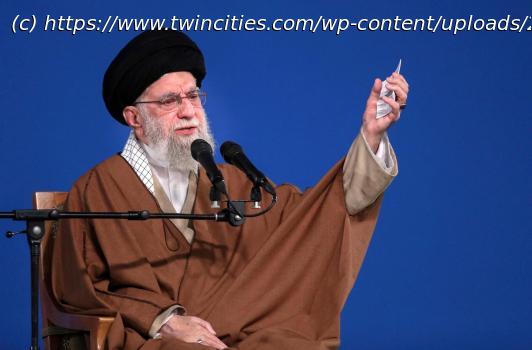Iran’s Axis of Resistance is at its lowest ebb ever, and Khamenei must now choose between escalating Iran’s current attacks on Israel or seeking a diplomatic solution that could cost it its nuclear program.
Iran’s supreme leader, Ayatollah Ali Khamenei, who crushed internal threats repeatedly during more than three decades in power, now faces his greatest challenge yet.
His archenemy, Israel, has secured free rein over Iran’s skies and is decimating the country’s military leadership and nuclear program with its punishing air campaign. It is also threatening his life: Israeli Defense Minister Israel Katz said Khamenei “cannot continue to exist.”
The 86-year-old leader faces a choice. He could escalate Iran’s retaliation against Israel and risk even heavier damage from Israeli bombardment. Or he could seek a diplomatic solution that keeps the U.S. out of the conflict, and risk having to give up the nuclear program he has put at the center of Iranian policy for years.
In a video address Wednesday he sounded defiant, vowing “the Iranian nation is not one to surrender” and warning that if the U.S. steps in, it will bring “irreparable damage to them.”
Here’s what to know about Khamenei:
When he rose to power in 1989, Khamenei had to overcome deep doubts about his authority as he succeeded the leader of the Islamic Revolution, Ayatollah Ruhollah Khomeini. A low-level cleric at the time, Khamenei didn’t have his predecessor’s religious credentials. With his thick glasses and plodding style, he didn’t have his fiery charisma either.
But Khamenei has ruled three times longer than the late Khomeini and has shaped Iran’s Islamic Republic perhaps even more dramatically.
He entrenched the system of rule by the “mullahs,” or Shiite Muslim clerics.
Start
United States
USA — Science Under attack from Israel, Iran’s supreme leader faces a stark choice






